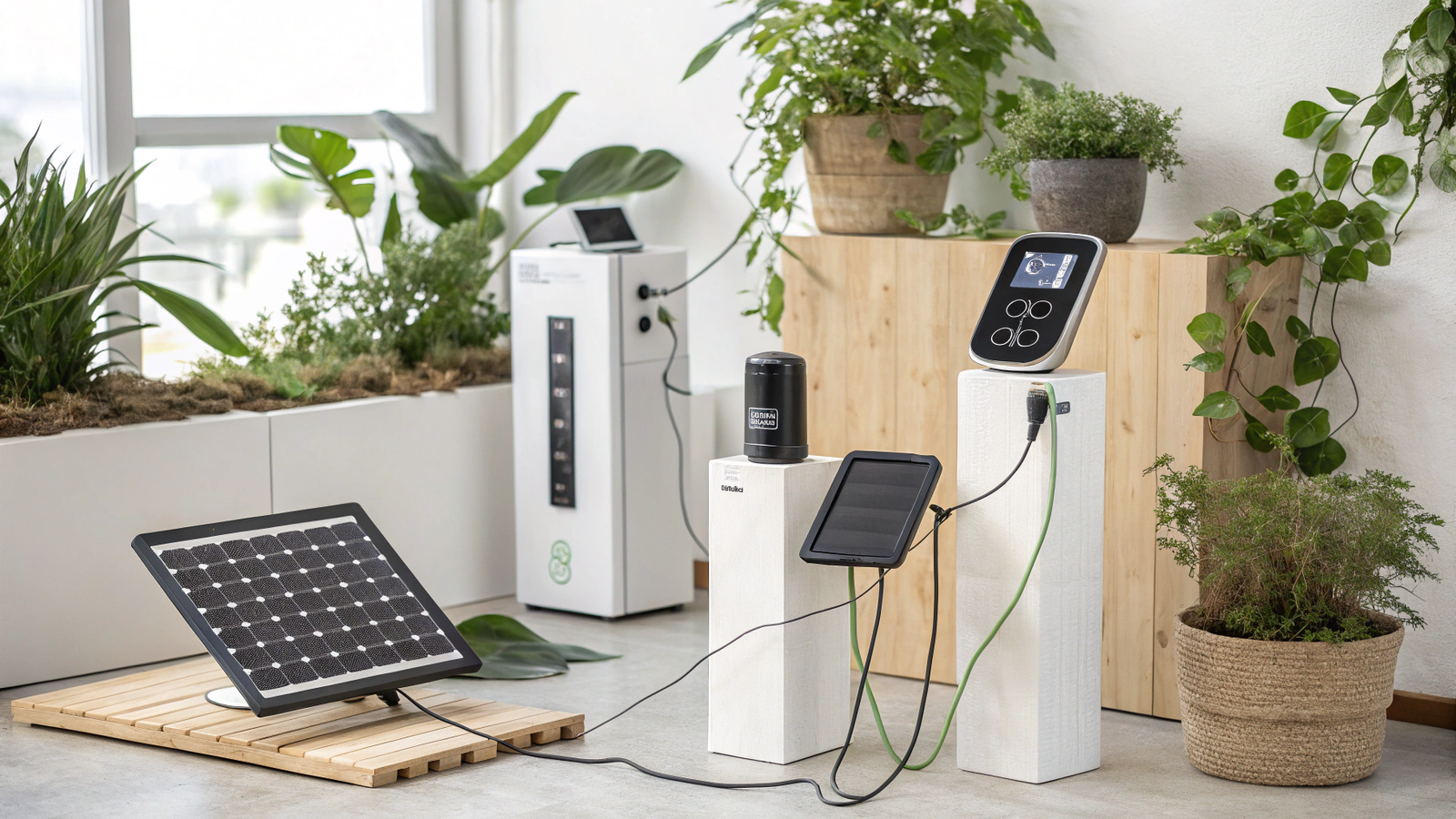
Plug into the Planet: Exploring Sustainable Gadgets
Introduction
From smartphones and laptops to smartwatches and electric vehicles, electronic gadgets have revolutionized modern life. However, the conveniences offered by technology come with a high environmental cost. The production, use, and disposal of electronic devices contribute significantly to greenhouse gas emissions, resource depletion, and toxic e-waste.
As climate change intensifies and global consciousness shifts toward sustainability, a new movement has emerged—one that fuses innovation with ecological responsibility. This movement champions sustainable gadgets: electronic devices designed to reduce environmental harm throughout their lifecycle. These gadgets are not only functional and sleek but also optimized for energy efficiency, recyclability, and ethical sourcing.
In this article, we explore the world of sustainable gadgets—how they are made, what technologies drive them, who is leading the charge, and what the future holds. Welcome to the age where you don’t just plug in to charge your devices—you plug into the planet.
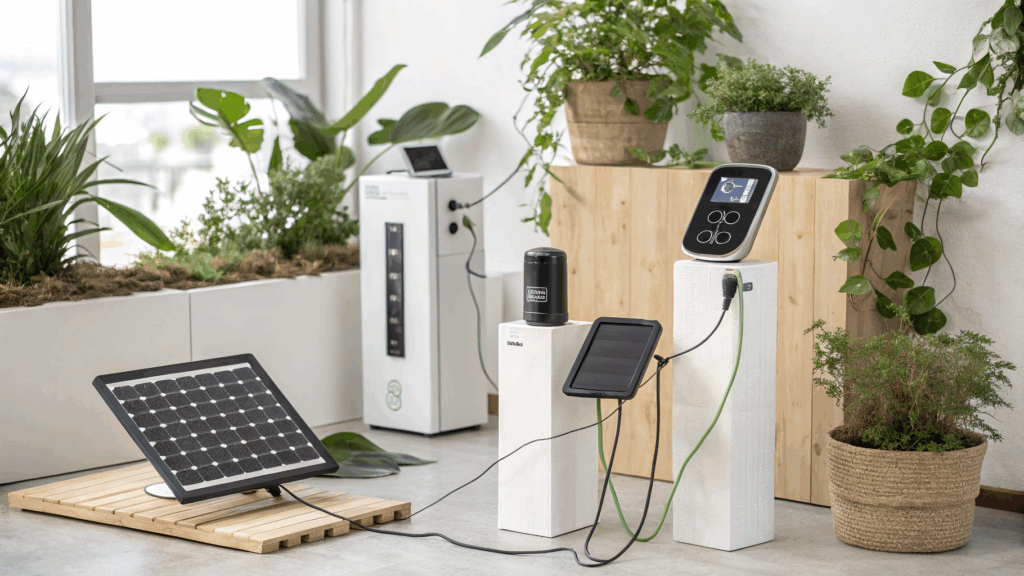
1. The Environmental Impact of Gadgets
E-Waste: A Growing Crisis
According to the Global E-Waste Monitor 2020, the world generated 53.6 million metric tons of e-waste in 2019—equivalent to the weight of 350 cruise ships. Less than 20% of this waste was formally recycled.
Much of this electronic waste ends up in landfills or is incinerated, releasing toxic substances like lead, mercury, and cadmium into the environment. Informal recycling in developing countries also poses severe health risks to workers and local communities.
Energy and Emissions
The carbon footprint of electronics begins long before you power them on. A single smartphone can be responsible for 40–70 kg of CO₂ emissions, with most of it generated during production. This includes mining for raw materials like cobalt and lithium—often under environmentally and socially damaging conditions—and energy-intensive manufacturing processes.
With billions of devices being produced and replaced frequently, the environmental toll is staggering.
2. What Makes a Gadget Sustainable?
Sustainable gadgets are not just about being energy-efficient or made from recycled plastic. They embody a holistic design approach that considers environmental and social impacts across the product’s entire lifecycle.
Key Features of Sustainable Gadgets
- Energy Efficiency: Designed to consume less power during operation and standby.
- Durable and Repairable: Built to last longer and easy to fix or upgrade.
- Sustainable Materials: Made using recycled, recyclable, or renewable resources.
- Ethical Sourcing: Materials sourced from responsible suppliers with fair labor practices.
- End-of-Life Solutions: Devices that are recyclable or supported by take-back programs.
Sustainable gadgets challenge the “take-make-dispose” model and align with circular economy principles.
3. Pioneers of Sustainable Technology
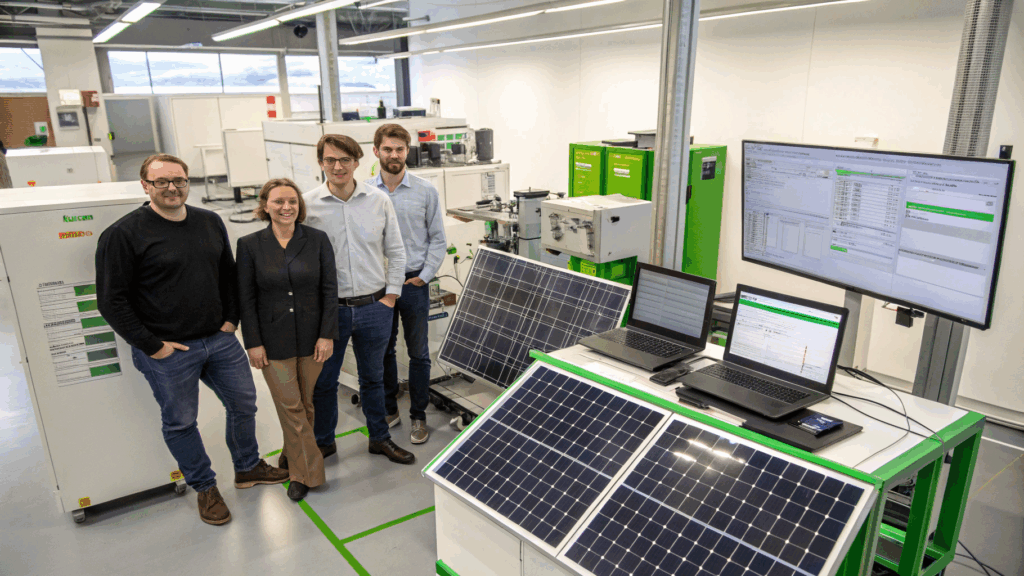
Several companies are leading the charge in creating gadgets that prioritize both performance and the planet.
Fairphone
Perhaps the most recognized name in ethical tech, Fairphone builds modular smartphones using conflict-free materials and fair labor practices. The Fairphone 5 allows users to easily replace the screen, battery, and camera, significantly extending its lifespan.
Fairphone also publishes detailed impact reports and advocates for policy changes related to ethical sourcing and the right to repair.
Framework
The Framework Laptop takes modularity to new levels. It allows users to upgrade or replace nearly every component—from memory and storage to the motherboard itself—using simple tools. It also comes with fully transparent repair guides and a marketplace for replacement parts.
Apple and Dell
While not niche, tech giants like Apple and Dell have made notable strides:
- Apple’s newer devices feature 100% recycled aluminum enclosures and recycled rare earth elements in magnets.
- Dell uses reclaimed carbon fiber and closed-loop recycled plastics in its Latitude laptops.
- Both companies offer robust take-back and recycling programs.
4. Sustainable Materials: From Trash to Tech
The materials used in electronic gadgets often involve significant environmental extraction and processing. Sustainable design starts by rethinking these materials.
Recycled Plastics and Metals
- Recycled aluminum reduces emissions by 95% compared to virgin material.
- Ocean-bound plastics are used in devices like HP’s Dragonfly laptops and Logitech’s mice.
- Reclaimed rare earth elements—such as those used by Apple—help reduce dependency on environmentally damaging mining.
Bioplastics and Natural Fibers
Innovators are exploring biodegradable materials such as:
- Cornstarch-based bioplastics for phone cases and packaging
- Hemp, flax, or bamboo composites for casings and accessories
- Cork, wood, and leather alternatives made from plant-based materials
These materials not only lower environmental impact but also give devices a unique, natural aesthetic.
5. Powering Smart Gadgets Sustainably
Energy-Efficient Components
Modern gadgets are increasingly optimized for low power consumption:
- ARM-based processors, such as Apple’s M1 and M2 chips, provide powerful performance with minimal energy use.
- OLED and e-ink displays reduce power consumption, particularly in wearable devices and e-readers.
- AI-enhanced power management adjusts performance based on usage, conserving energy.
Solar and Renewable Integration
- Solar-powered chargers and power banks help users harness clean energy on the go.
- Smartwatches with solar-assist charging, like the Garmin Instinct Solar, extend battery life significantly.
- Some startups are developing solar-powered smartphones and laptops aimed at off-grid users.
These solutions reduce reliance on electricity from fossil fuels and help users minimize their environmental footprint.
6. Smart Home Gadgets for a Greener Lifestyle
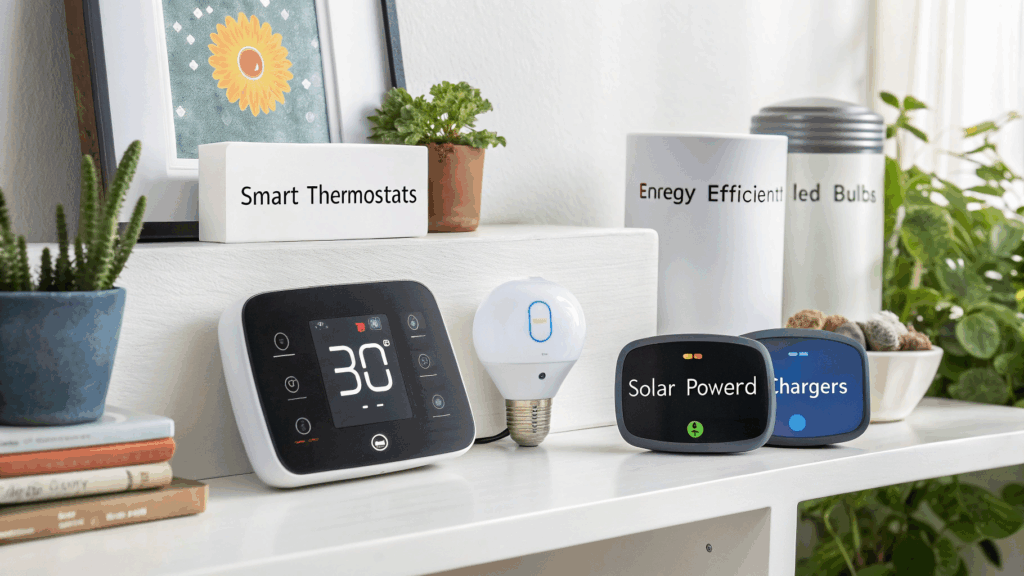
Smart Thermostats and Lighting
- Google Nest, Ecobee, and other smart thermostats learn user behavior and adjust heating/cooling to save energy—cutting bills and emissions.
- Smart LED bulbs use up to 80% less energy than traditional bulbs and can be automated for efficiency.
Energy Monitoring Devices
Smart plugs and energy monitors help users identify high-energy-consuming appliances, manage usage patterns, and reduce unnecessary consumption.
These gadgets give consumers the power to take control of their household energy use, promoting more mindful living.
7. Circular Economy in Action
A truly sustainable gadget is one that doesn’t end its life in a landfill. The circular economy aims to keep materials in use for as long as possible.
Trade-In Programs and Refurbished Tech
Many manufacturers now offer trade-in or buy-back programs:
- Apple Trade In lets users return old devices for credit or recycling.
- Samsung’s Galaxy Upcycling turns old smartphones into IoT devices like baby monitors.
- Best Buy’s recycling program accepts a wide range of electronics for responsible disposal.
The refurbished tech market is also growing. Buying certified pre-owned laptops, phones, and tablets reduces demand for new raw materials and lowers environmental impact.
8. The Role of Software in Sustainability
Operating System Efficiency
Software optimization is critical. A bloated OS can cause devices to run slower, use more energy, and drive users to upgrade prematurely. Lightweight, well-coded systems help gadgets last longer and run more efficiently.
Device Longevity Through Updates
Long-term software support keeps devices secure and functional:
- Fairphone and Google Pixel promise extended update periods.
- Apple supports iPhones with updates for 5–6 years, helping extend usable life.
Software sustainability also includes AI tools that manage brightness, background processes, and energy-intensive functions in real time.
9. Policy and Regulation: Driving Industry Change
Governments and international bodies are playing a crucial role in promoting sustainable electronics:
- The EU’s Right to Repair law mandates that manufacturers provide spare parts and manuals for several years.
- Extended Producer Responsibility (EPR) laws require companies to manage product disposal.
- Energy labeling systems like Energy Star and EPEAT guide consumers toward efficient devices.
These regulations push companies to design with sustainability in mind and help level the playing field for eco-conscious innovators.
10. The Future of Sustainable Gadgets
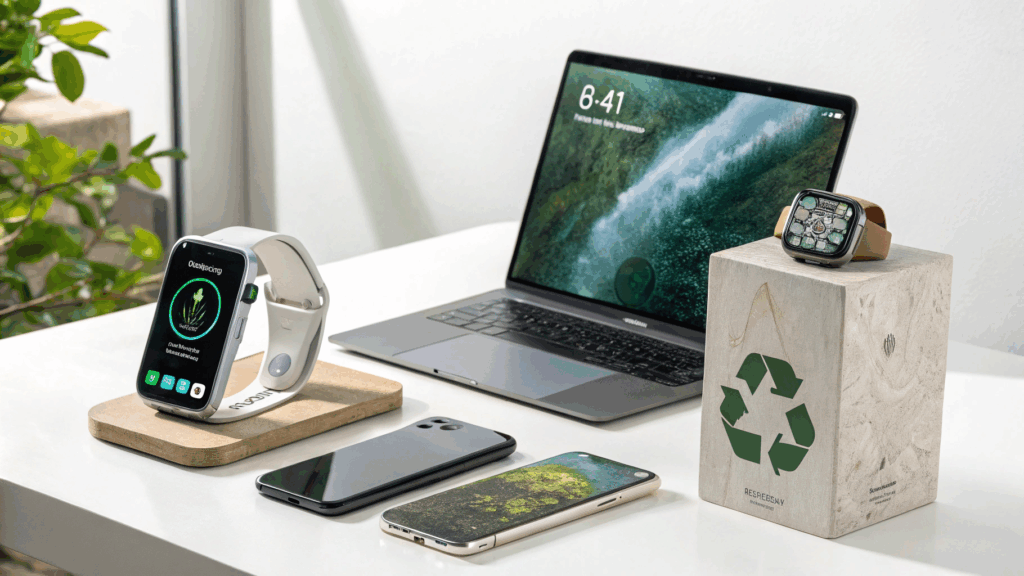
Biodegradable Electronics
Researchers are developing transient electronics made from silk, paper, and organic semiconductors that dissolve in water or biodegrade—ideal for medical devices and temporary sensors.
Self-Charging Devices
Future gadgets may harvest energy from their environment:
- Kinetic energy from walking
- Thermal energy from body heat
- Ambient radio waves from Wi-Fi or cellular networks
This could lead to a future of battery-less electronics, reducing hazardous waste and dependence on finite resources.
Localized 3D-Printed Tech
Additive manufacturing (3D printing) enables on-demand, local gadget production using recycled or biodegradable materials, reducing shipping emissions and overproduction.
11. What Can Consumers Do?
You don’t need to be an engineer or activist to make a difference. Here’s how everyday users can plug into the planet:
- Buy responsibly: Choose energy-efficient, ethically made gadgets.
- Repair, don’t replace: Support devices with modularity and repair options.
- Recycle electronics properly: Use certified e-waste recycling services.
- Support sustainable brands: Research company practices before buying.
- Advocate for policy: Support right-to-repair and e-waste legislation.
Conclusion
Technology has the power to solve some of the world’s greatest challenges—but only

